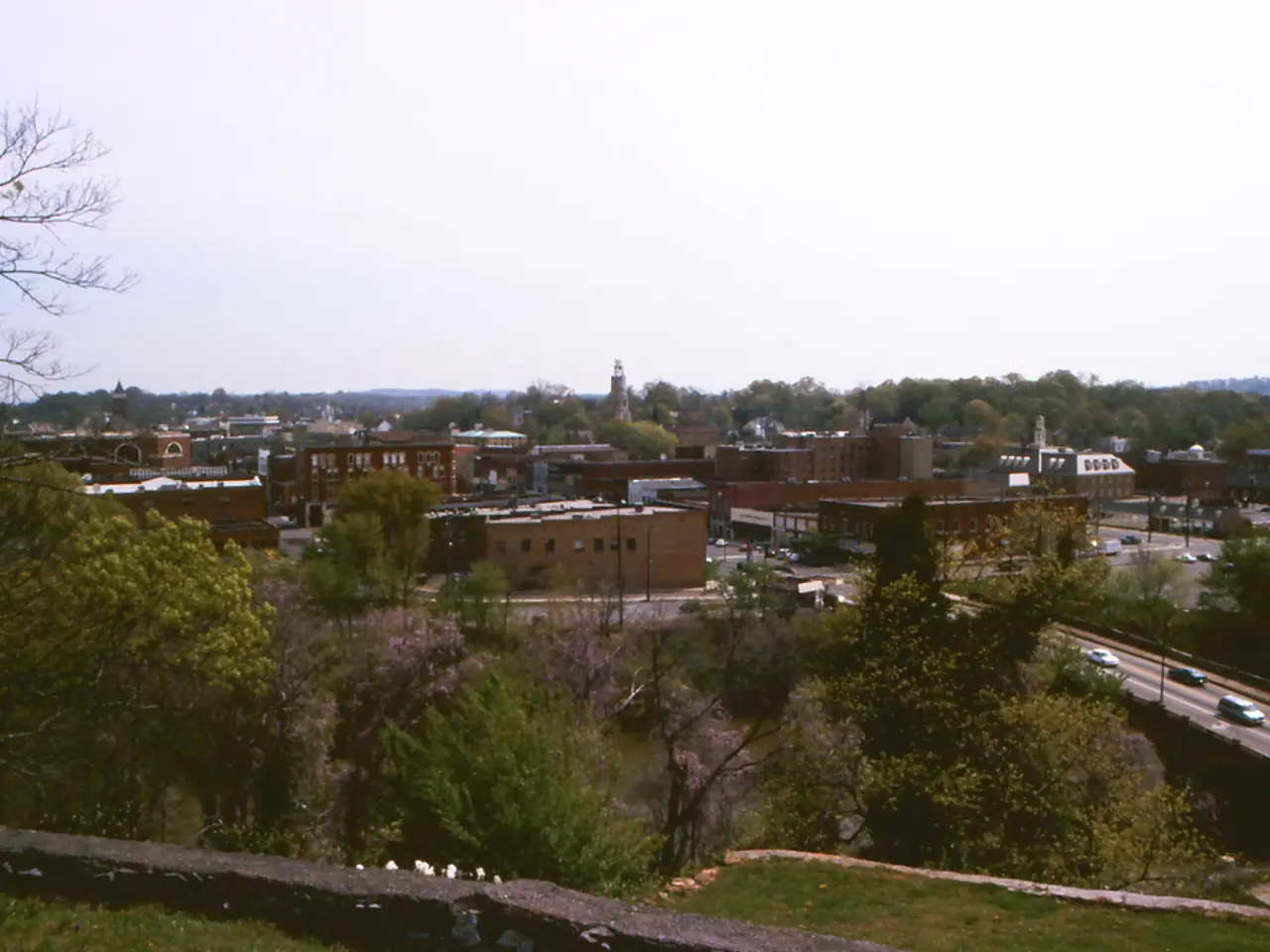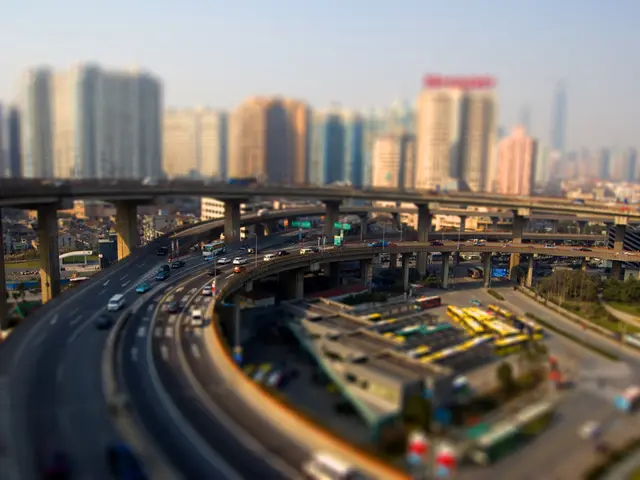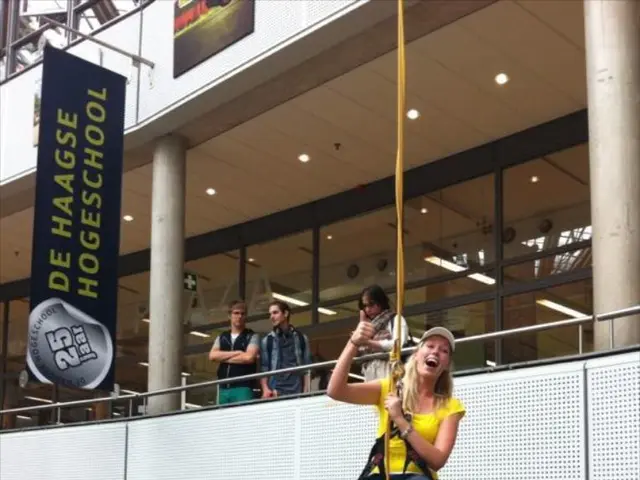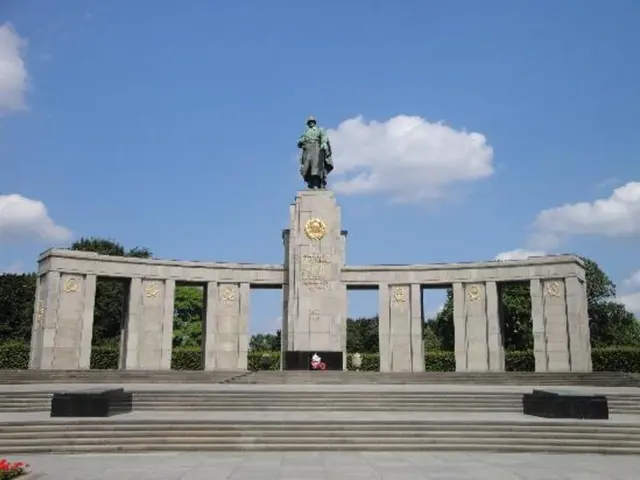Belgrade: A Tale of History and Modern Challenges
Belgrade, Serbia's capital and largest city, is home to 1.4 million people. It's one of Europe's oldest cities, with a history stretching back over 7000 years. Known as the 'White City', Belgrade is an EU candidate, despite political instability and a stark urban-rural divide.
Dr. Miodrag Djordjevic, a resident of Belgrade, witnessed the city's transformation during the breakup of Yugoslavia in the 1990s. The city's limestone fortress, a symbol of its resilience, earned it the nickname 'White City'. Despite its rich history and cultural significance, Belgrade faces challenges. The city is politically unstable, with a clear divide between urban and rural areas. This divide often influences its political landscape and social dynamics.
Belgrade, Serbia's capital and largest city, is a blend of ancient history and modern challenges. With a population of 1.4 million, it's a city of contrasts, from its limestone fortress to its political instability. As an EU candidate, Belgrade looks towards the future while honoring its past.






